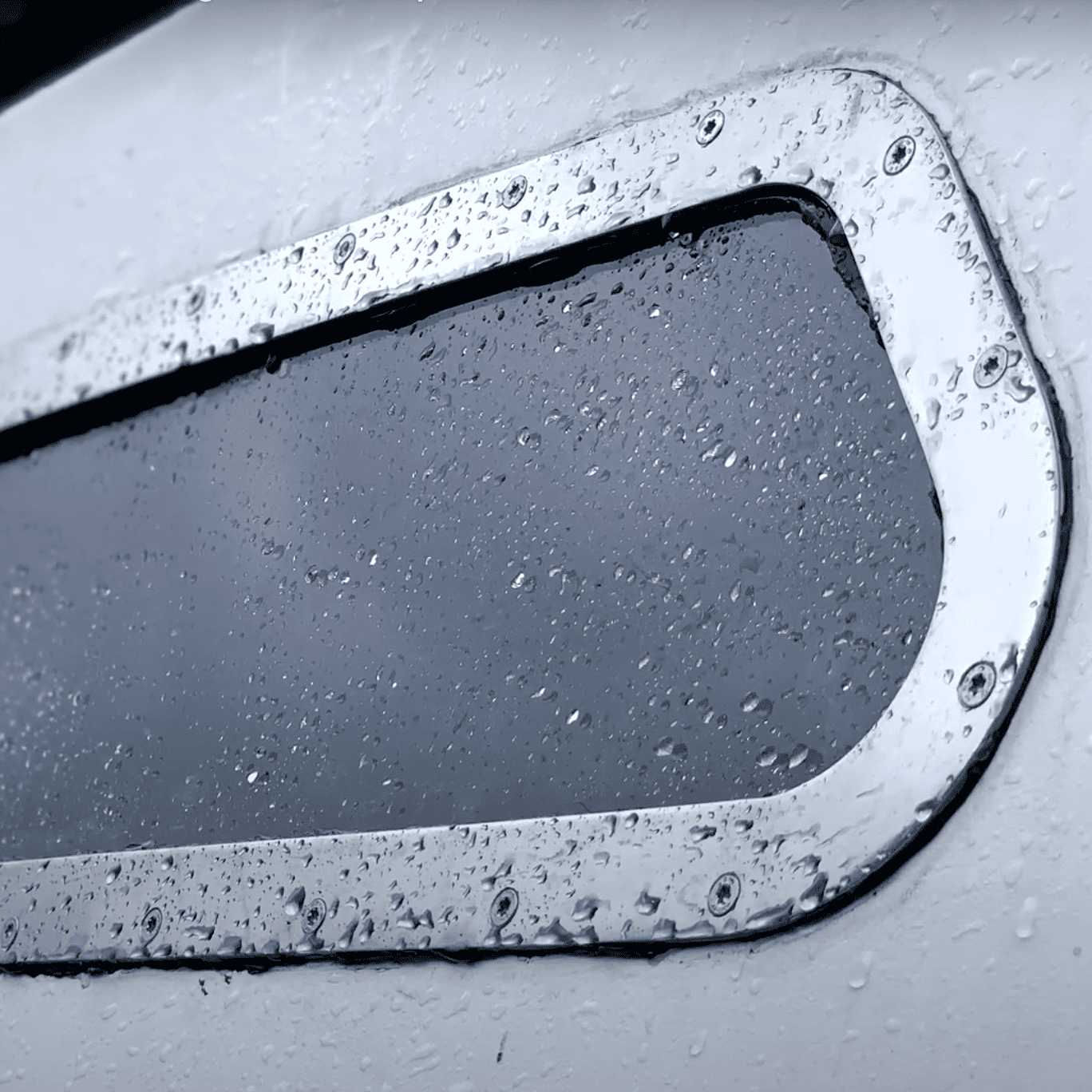In this video, Alex takes on the task of creating Lexan Boat Windows. Lexan lenses are made from polycarbonate which offers greater impact resistance when compared to perspex (Acrylic sheet) The downfall with polycarbonate is it scratches easily which doesn't make it ideal for windows that have wipers or are crucial to navigation. That said it's ideal for side windows and portholes- good choice chap!
Table of Contents
TIPS AND COMMENTS
Cutting Acrylic
If you've decided to use acrylic for your lenses you should first consider how easily it shatters. Its is particularly prone to shattering around the edges and radius contours. There's nothing worse than cutting out a large window with a plunge saw only to spit the corner with a jigsaw. Consider taking a template of your window lense to a plastic fabricator, it's actually surprisingly affordable to have a lense cut. They can also drill out the holes and bevel an edge. We've even used acrylic sheets with a slight tint and the results are amazing.
Don’t Over-Tighten Screws Or Bolt Fasteners
Countersunk screws and even pan head bolts will eventually fracture perspex if you over-tighten. Polycarbonate is a better choice for this reason.
Use A hose Pipe To Hand Tighten Window Fittings
Tried and tested, let your adhesive sealant or bedding compound set but only nip up the fittings. Use a hose on wide spray directed at the window and go inside to tighten. If your windows still leaking hand tighten, and don't over torque. If you're threading into GRP you'll damage the tapped thread.
We have a definitive guide on Marine window Sealants available here.

